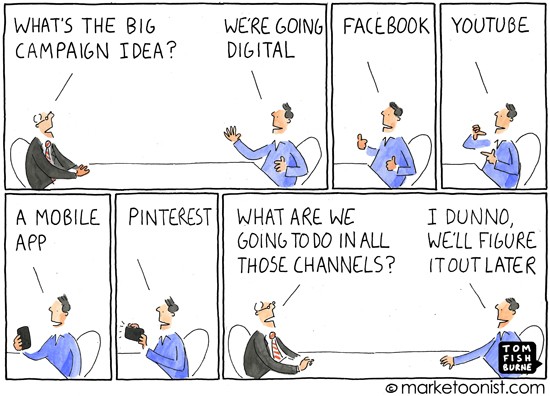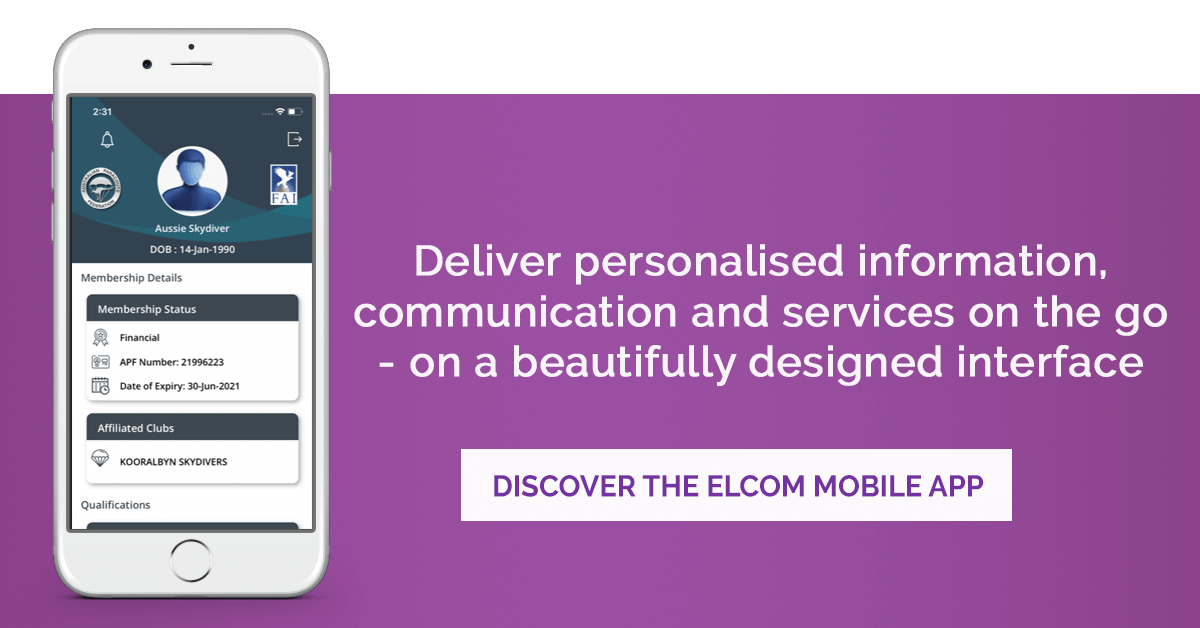This blog is the first in a series of four. The author, Kate Carruthers, is Head of Data Governance and Business Intelligence at UNSW. She has deep experience in enterprise digital and social media and has delivered solutions across the public and private sectors.
We have moved into an age where many people in the western world have an internet-connected smartphone or tablet in their hands most of the time. This change in the adoption and use of mobile technology together with always on connectivity is changing the way our customers expect us to do business with them.
In Silicon Valley jargon this phenomenon is labelled SoLoMo, or Social-Local-Mobile. This phenomenon builds upon the foundation of the social web that gave us platforms, like Facebook and Twitter, which shifted consumer behaviour in radical ways.
It is important to understand how this change in technology and consumer behaviour fits into the current business context. And it is also important to understand how this shift impacts successful strategic marketing. This blog series will outline some of the challenges arising, and provide some practical responses for business.

Mobile and social media have created a new business landscape
If you are not already working out how to disrupt your own business and industry then you will be disrupted by somebody else.
The starting point is that all parts of the economy are being disrupted in some way by the digital revolution. This disruption cuts across the private sector, public sector, small business, and startups – it is impacting upon everybody. Even disruptive innovators are being disrupted. For example, in Australia Uber’s business model is getting disrupted by the government because they have been told they have to pay Goods and Services Tax.
Social media was only phase one of the digital revolution and next on the agenda is the collaborative economy and the internet of things (IoT).
This means that the present of social is mobile, and the future of mobile is IoT and wearables. Each of these new technologies offers huge monetisation opportunities, for example, telecommunications company, Ericsson, found that for service creators providing end-to-end ecosystem offerings, the value adds up to USD 619 billion by 2026.
Every organisation is being disrupted in some way by the convergence of always-on internet connectivity, mobile devices, and smart software applications. The real question is how we are going to deal with the ongoing threat of disruption to our traditional business models.
The approach now is to rethink how we do business and how we communicate with our customers, our clients, our consumers – with the people who consume the goods and services that our organisations produce. And it means we need to rethink how we approach our business and how we think about our businesses.
“There is no ROI in anything if you don’t learn how to use it.”
– Gary Vaynerchuk, Founder VaynerMedia
It is worth considering an entrepreneur like Gary Vaynerchuk, who has built a very successful business using social and online channels together with some clever strategic content marketing approaches. He draws attention to the necessity to learn how to use digital marketing tools and understand how to get the best value for our efforts. But merely understanding the tools is only the starting point, for it is the processes and ability to execute that really matters.
Mobile and social media have created a new business landscape
The social web revolution changed the game for business. At the most basic level brands discovered the notion of customer ‘conversations’. But in the early days may of these conversations were not strategic; instead they consisted of disconnected tactical efforts. There was little structure or science in the approach to digital marketing for many companies, and their social media marketing efforts were often left in the hands of an intern.
Even in 2019 many brands are only just now discovering the notion of metrics and measuring their online activity:
“…many brands moving towards measuring audience impressions, clicks, and thinking cross-platform”
– Tania Yuki , Shareablee CEO and Founder
Then we often hear statistics like this:
“…Instagram delivered these brands 58 times more engagement per follower than Facebook, and 120 times more engagement per follower than Twitter.”
But the real question to ask about all statistics like this is “so what?” What does that digital engagement translate to as business outcomes? Few businesses are deriving direct revenue from social media, and many businesses are not yet optimized to sell via mobile. And the big question for businesses remains: what is the goal for their social and mobile activity?
The immediate need is for all businesses to get their online presence to be mobile friendly. This is because Google and customers will punish businesses that do not embrace mobile. Increasingly users are accessing digital content via mobile devices, and this means that businesses need to ensure a good quality experience.

What next for businesses in the world of social web and SoLoMo?
Some of the issues that arise from the SoLoMo revolution include:
- Getting the right people into your organisation and understanding the shifts in consumer expectations;
- Tools and techniques to manage online and mobile customer engagement;
- Changes to team, management practice, and organisation structure that will be needed to thrive in the new economy; and
- New approaches to risk and governance that organisations will need to ensure safe growth.
Read the rest of the blog series
